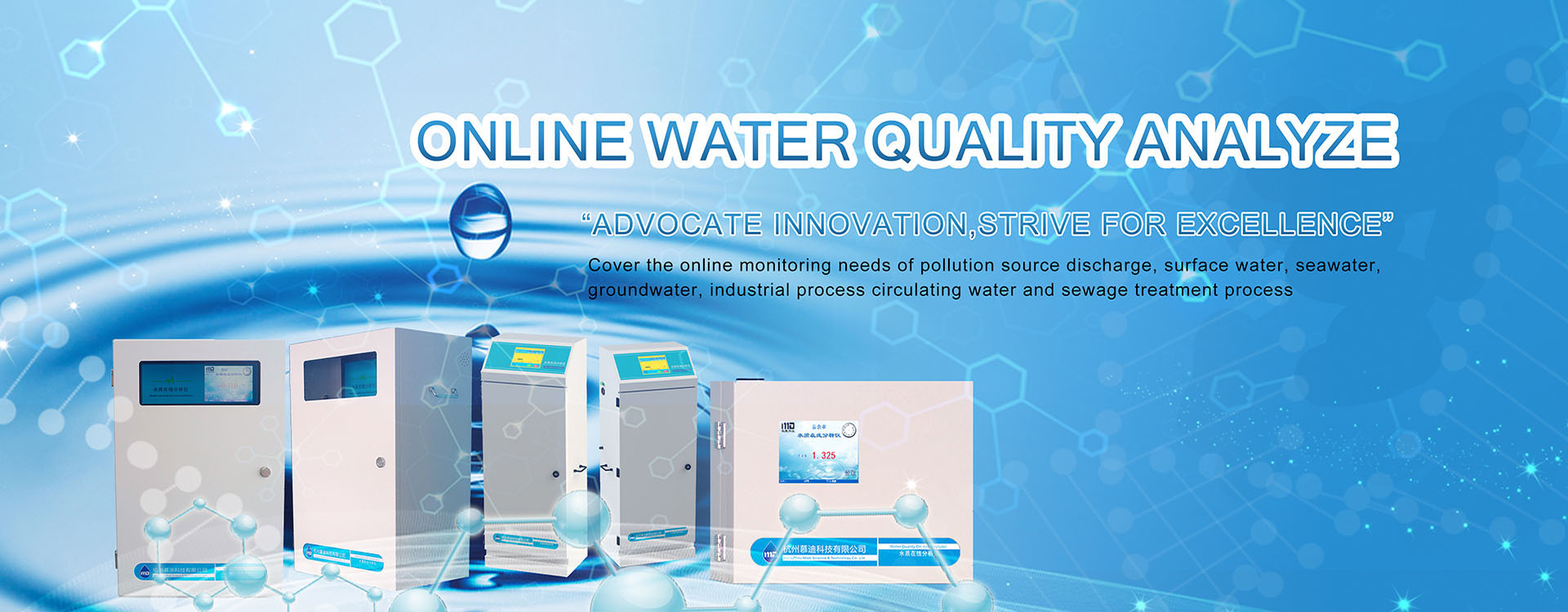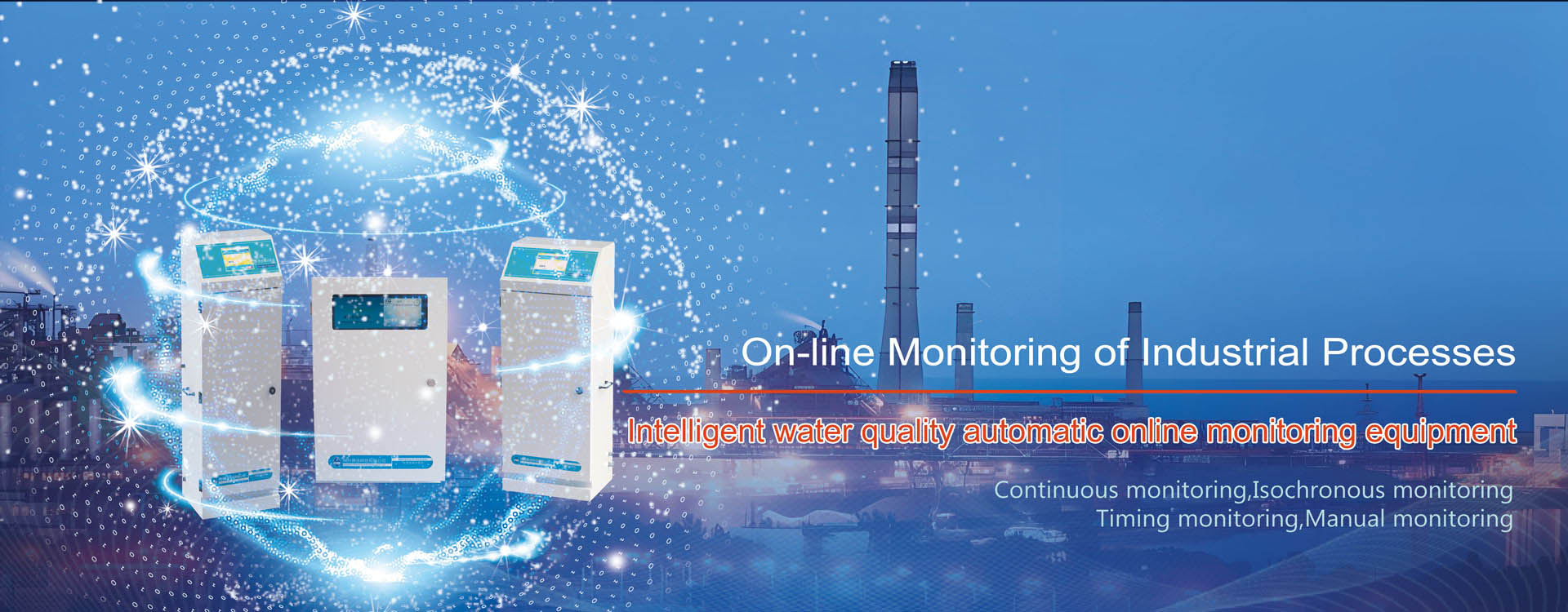Why is monitoring total residual chlorine in medical wastewater necessary? Isn’t chlorine used for disinfection? What’s the point of monitoring it? Isn’t this redundant? Absolutely not! To understand the rationale behind including total residual chlorine as a key parameter in medical wastewater monitoring, read on!
Medical wastewater contains numerous pathogenic bacteria, which must be disinfected before discharge. Chlorine-based disinfectants are commonly used for this purpose. However, excessive residual chlorine can produce toxic or carcinogenic substances. The amount of residual disinfectant is directly proportional to the bacterial load in the water—meaning the more bacteria eliminated, the more disinfectant is consumed. Conversely, if bacterial levels are low, residual chlorine concentrations will be higher. Therefore, strict standards regulate the allowable total residual chlorine content in discharged water.
Simplified Explanation:
– Total Residual Chlorine includes both combined chlorine (chlorine compounds like chloramines, formed by chlorine and ammonia) and free chlorine (active forms such as Cl<sup>+</sup>, HOCl, and Cl<sub>2</sub>). The term “residual chlorine” typically refers to free chlorine.
Monitoring total residual chlorine levels and their forms is critical for:
- Evaluating disinfection efficacy,
- Ensuring environmental water quality,
- Verifying safe wastewater discharge compliance.
Installing a Total Residual Chlorine Online Analyzer at discharge points enables real-time monitoring of residual chlorine levels, ensuring both effective disinfection and environmental safety.




